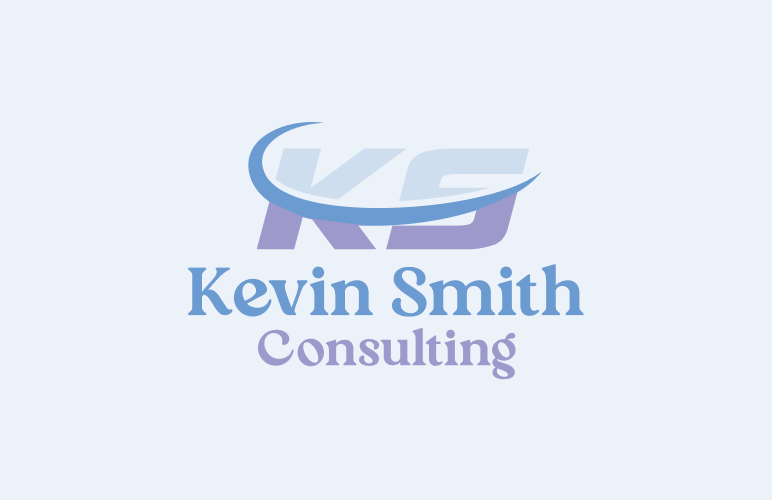Unlocking Email Marketing Success: Best Practices for Small Businesses
- “Build a Quality Email List”
– Explore strategies to build a high-quality email list with engaged and interested subscribers while ensuring compliance with data protection regulations.
- “Segment Your Audience”
– Learn how to segment your email list based on various criteria to send targeted and personalized content that improves campaign effectiveness.
- “Craft Compelling Subject Lines”
– Discover tips for writing attention-grabbing subject lines that entice subscribers to open your emails and increase open rates.
- “Create Valuable and Relevant Content”
– Understand the importance of delivering valuable, relevant, and personalized content to engage subscribers and drive conversions.
- “Optimize for Mobile Devices”
– Learn how to optimize your email campaigns for mobile devices, including responsive design and mobile-friendly content.
- “Personalize and Automate”
– Explore the benefits of marketing automation and personalization in email marketing to enhance engagement and conversion rates.
- “Test and Analyze”
– Gain insights into A/B testing and analyzing key email metrics to refine your email marketing strategy for better performance.
- “Maintain Consistency”
– Establish a consistent email communication schedule to build trust and keep your brand top of mind with subscribers.
- “Provide Clear Call-to-Actions”
– Discover the importance of clear and compelling call-to-action buttons or links in your emails to guide subscribers to take desired actions. - “Monitor Deliverability and Compliance”
– Learn how to monitor email deliverability, comply with anti-spam laws, and maintain good sender reputation to ensure email messages reach subscribers’ inboxes.
Unlocking Email Marketing Success: Best Practices for Small Businesses
Introduction
Email marketing remains a powerful and cost-effective tool for small businesses to engage with their audience, drive conversions, and foster long-term relationships. In this blog post, we will explore essential best practices that small businesses can implement to maximize the effectiveness of their email marketing campaigns and achieve measurable results. These are strategies I am implementing today in both of my small businesses.
Build a Quality Email List
Start by building a quality email list composed of engaged and interested subscribers. Offer valuable content incentives such as exclusive guides, discounts, or newsletters in exchange for email sign-ups. Ensure compliance with data protection regulations and implement double opt-in processes to verify subscribers’ consent.
Segment Your Audience
Segment your email list based on demographic information, purchase history, engagement levels, or interests. By sending targeted and personalized content to specific segments, you can improve open rates, click-through rates, and overall campaign effectiveness.
Craft Compelling Subject Lines
Write concise and attention-grabbing subject lines that entice subscribers to open your emails. Use personalized language, urgency, curiosity, or offers to pique their interest. Test different subject lines to identify the ones that resonate best with your audience.
Create Valuable and Relevant Content
Deliver content that is valuable, relevant, and tailored to your audience’s needs and preferences. Provide informative articles, exclusive offers, product updates, or helpful tips. Use a conversational tone and incorporate visuals to enhance engagement and readability.
Optimize for Mobile Devices
Ensure that your email campaigns are optimized for mobile devices, as a significant portion of subscribers open emails on smartphones and tablets. Use responsive design to ensure seamless rendering across different screen sizes. Keep your email content concise and visually appealing to accommodate smaller screens.
Personalize and Automate
Leverage marketing automation tools to personalize email content based on subscriber behavior, preferences, or lifecycle stage. Send automated welcome emails, abandoned cart reminders, or personalized recommendations. Personalization can significantly improve engagement and conversion rates.
Test and Analyze
Continuously test different elements of your email campaigns, including subject lines, visuals, call-to-action buttons, and send times. A/B testing allows you to identify what resonates best with your audience and refine your email marketing strategy accordingly. Analyze key metrics such as open rates, click-through rates, and conversions to gauge campaign performance.
Maintain Consistency
Establish a consistent email schedule to maintain regular communication with your subscribers. Whether it’s a weekly newsletter, monthly promotions, or timely updates, consistency builds trust and keeps your brand top of mind.
Provide Clear Call-to-Actions
Include clear and compelling call-to-action buttons or links in your emails. Guide subscribers to take the desired action, such as making a purchase, signing up for an event, or visiting your website. Use actionable language and place the call-to-action prominently within the email.
Monitor Deliverability and Compliance
Monitor email deliverability to ensure that your messages reach subscribers’ inboxes. Regularly check email deliverability reports and use reputable email service providers. Comply with anti-spam laws and include an unsubscribe option in every email.
Conclusion
Implementing these email marketing best practices can help small businesses effectively engage with their audience, drive conversions, and nurture customer relationships. By building quality email lists, personalizing content, optimizing for mobile, and analyzing campaign performance, small businesses can unlock the true potential of email marketing and achieve significant business growth.
